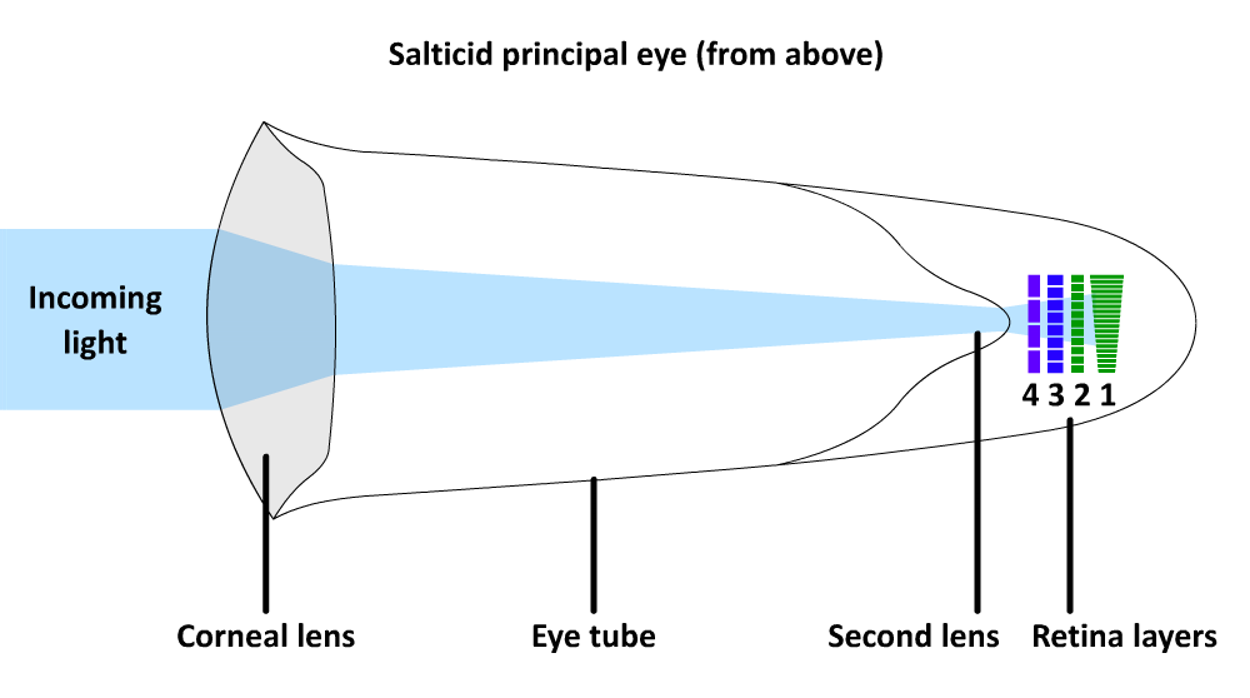BY MEGAN RAY NICHOLS
The Industrial Internet of Things (IIoT) makes it easier than ever to track and analyze data, integrate multiple different hardware platforms and achieve next-gen connectivity. While it serves as a one-stop shop for many manufacturers, some find it difficult to maintain proper security. Facing threats from all angles, it’s impossible to safeguard your system against every possible cyber-attack. You can, however, take some steps to ensure your initial preparedness and bolster your reaction time in the event of an intrusion.
Monitoring Evolving Industry Standards
Despite its usefulness, the IIoT is anything but standardized. Much of the technology powering the platform is still in its infancy, so the ultimate potential of the IIoT is subject to future breakthroughs and innovations in general IT. This makes it difficult to adopt standards for network security, cloud access and IIoT integration – but that hasn’t stopped some organizations from trying.
Make sure to research the security systems of any cloud services or IIoT devices you incorporate within your company to make sure you receive the quality protection you deserve. Companies tend to use unique strategies to ensure security across their networks, so it’s important to find one that aligns with your needs, requirements and expectations. Although there isn’t a strict protocol for processing and securing such vast amounts of data, the International Electrotechnical Commission (IEC) recently established ISA99 standards for industrial automation and control systems security.
But ISA99 is also a work in progress. A part of the larger IEC 62443 series of regulations and codes, the IEC hopes to usher in a new age of security and efficiency throughout the entire industry.
Establishing Your Own Best Practices
It’s important for manufacturers to develop their own best practices in regards to IIoT technology. Not only does this help you to maintain acceptable standards of data collection, storage and security for the time being, but it also enables you to retain the option of transitioning over to new industry regulations as they develop.
The process of establishing your own best practices for IIoT integration depends on your unique requirements. Will your connected devices communicate via Bluetooth or a cellular connection? Do you have legacy hardware, such as tape backup, which currently holds your company’s critical data? Answering these questions is the first step in creating standards for IIoT integration.
Next, consider how your employees will access the cloud and your IIoT network. The rising popularity of smartphones and mobile devices has prompted some to embrace the bring-your-own-device (BYOD) model of connectivity. Others would rather limit access to the desktop computers and workstations around the factory.
Identifying and outlining your exact needs is critical when balancing network accessibility with cloud security, and it makes the process of safeguarding your system as straightforward and simple as can be.
Implementing Security to Protect Your Data
The final step in achieving IIoT cloud security requires you to introduce the systems that will secure your network. Manufacturers use various tools to protect their data, including encryption, file signatures and firewalls.
Keep in mind that you’re protecting your digital assets from external and internal threats. By placing all the focus on counteracting and preventing cyber-attacks, it’s easy to lose track of employees who might have physical access to your IIoT cloud. This is where user access privileges, consistent system administration and strong password requirements are helpful.
Creating a Security Model That is Versatile, Flexible and Scalable
It’s also important to develop a security model that is adaptable to future trends and innovations. Hardware regarded as groundbreaking today will be replaced by newer, upgraded versions within the coming years. Likewise, hackers and cybercriminals are always devising new and innovative ways to access vulnerable systems and take advantage of weaknesses before they’re patched. It’s a never-ending tug of war that requires a lot of diligence on behalf of your IT team because the success of your company might depend on it.







